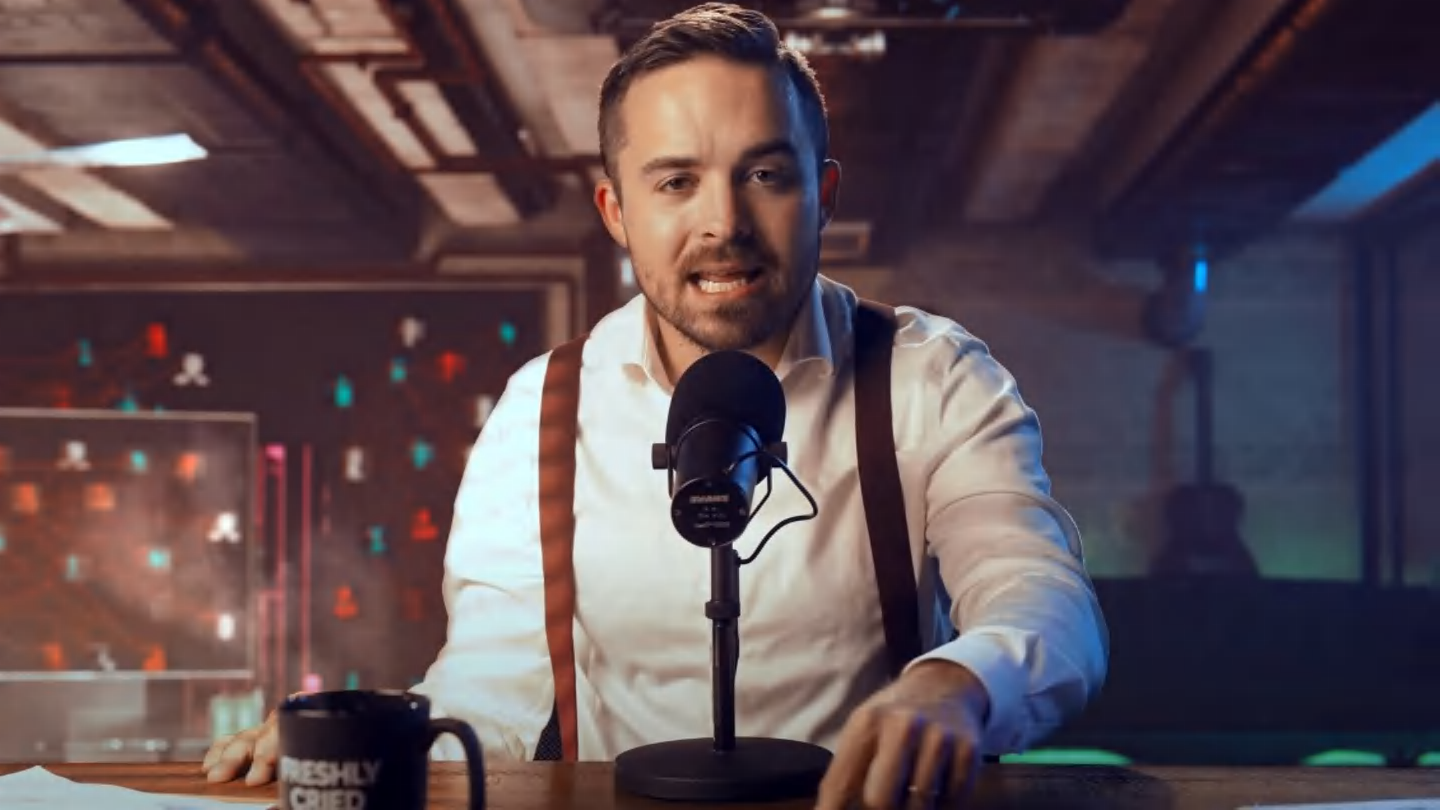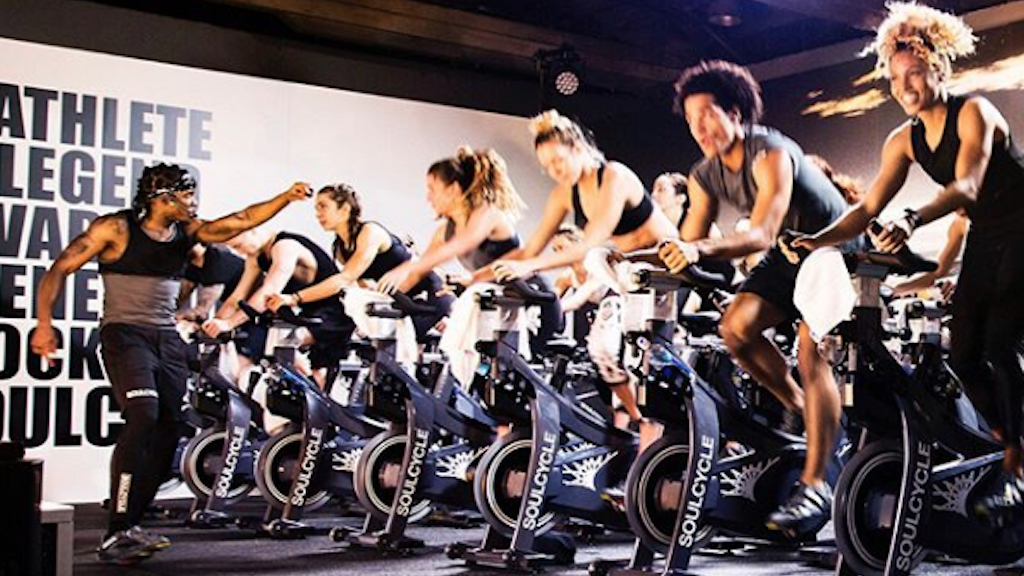Jobs
Fighting for Safe Jobs, Part One: Welcome to Terminal Island

Alta Journal is pleased to present the first installment of a six-part series by writer Diane Factor. Each week, we’ll publish online the next portion of “Fighting for Safe Jobs.” Visit altaonline.com/serials to keep reading, and sign up here to be notified by email when each new installment is available.
When most people think of Los Angeles, they imagine it as a city largely devoted to entertainment. But Los Angeles County remains a major manufacturing hub and is home to the largest port in the United States. After World War II, heavy industries grew phenomenally—as did the risks to workers. By 1970, a campaign to protect workers on the job, in lockstep with the civil rights and environmental movements, had led to the passage of landmark federal laws including the Occupational Safety and Health Act. In 1973, California created the Division of Occupational Safety and Health—Cal/OSHA—a once robust and nationally recognized agency dedicated to protecting workers.
For this Alta Serial, Factor looks back at her time as a Cal/OSHA inspector in the 1980s. A native Angelena, Factor was introduced through this job to the people who risked their lives to keep Los Angeles running, union organizers who sought better deals for workers, and the managers and owners of industrial operations who just wanted to keep the machines moving and the profits rolling in.
In this first entry, Factor finds herself visiting a scrap-metal plant on Terminal Island, a tuna-fishing colony turned industrial worksite. For the next six weeks, we’ll be sharing Factor’s story of what she and her fellow Cal/OSHA inspectors saw—and, more importantly, what they did—at this dirty, dangerous place at the far end of the continent.
The 110 Harbor Freeway flows between refineries, rail yards, and factories. It’s June 1983, and I am a young state health and safety inspector on my way to work.
The dawn sky is blazing pink. Where the freeway ends, the arch of the green Vincent Thomas suspension bridge rises over the busy docks. From the apex, I see dozens of enormous cranes unloading shipping containers. On the docks, acres of new cars, fresh off cargo ships, glitter in the morning sun.
I head west onto Terminal Island. The road winds past a navy shipyard, fishing boats, marine warehouses, and the remnants of old tuna canneries. I take a service road hemmed in by 50-foot walls of stacked shipping containers and massive warehouses. Fog blurs the edges. I feel like I’m shrinking, but as the fog dissipates along with the steam from my coffee mug, I know I must begin my workday.
I’m an industrial hygienist; my task is to conduct an investigation based on a complaint filed by the International Longshore and Warehouse Union (ILWU) Local 26 regarding hazardous working conditions. I’ve been trained to identify, monitor, and recommend remedies to prevent exposure to toxic substances in the workplace.
There’s a solvent smell inside my car that both calms and nauseates me. In the back, packed haphazardly, is my work gear: small pumps, plastic tubing, glass vials, charcoal badges, clips, small bottles of cleaning fluid, wipes, screwdrivers, small wrenches, sealable bags, paper and rubber face masks, a Tyvek suit, a hard hat, and plastic glasses. Inside the small cooler are sampling cups and freezer bags instead of lunch. On this day, I decide to wear my zip-up blue coveralls and steel-toed boots. Terminal Island guarantees a dirty day.
I park, suit up, and grab my clipboard, business cards, and an extra pen. I hear the sounds of a few gulls and grunting sea lions above the drone of trucks. I start down New Dock Street feeling smaller and smaller as I pass a line of trucks emitting thick exhaust. Inside the cabs, barely visible from where I am, are drivers, urban cowboys, gulping down coffee and taking last drags on their cigarettes, others with hats pulled down and eyes shut. They don’t seem to notice, much less acknowledge, me.
I have to muster up some courage, think tall. The trucks are laden with smashed automobiles, broken factory machinery, spent industrial furnaces, rotted freezers and boilers, cisterns filled with burnt and curled metal tailings. We are all going to the same place: the auto shredder and scrap-metal company Hugo Neu-Proler, where the remains of industrial life go, if not to die, then disappear.
The path narrows as I move through the striated layers of flattened cars, hints of car paint, rust, and chrome peeking out from the wreckage.
With towering metallic hoodoos and buttes, up to 75 feet high and 100 feet in length, this is a hard landscape. I can see what look like enormous grinding mills, cranes, smokestacks, and a roller coaster of conveyor belts and chutes. A giant grabber, an enormous replica of the penny-arcade claw machine, is lifting whole cars and dropping them into the open interlocking hammers of a hungry, monstrous mill. It reminds me of the scene in the Bond movie Goldfinger in which a Lincoln Continental is crushed and compacted into a neat cube, with its passenger and his gold ingot still inside.
The roar from the machinery and the debris-filled wind confronts me with every step toward this car crematorium. At the far end of the yard, a Japanese ocean freighter is being loaded with chunks of scrap. The freighter will cross the Pacific, where the metal will be transformed into steel and recast as millions of new Toyotas.
This is all just before the aerospace and auto industries in Los Angeles would go away and before L.A. County would lose over a quarter of a million industrial jobs. The Ports of Los Angeles/Long Beach wouldn’t contract, though. If anything, in 2024, they’d be busier than ever.
I am stopped by the guard at the gate. I present my credentials as a Cal/OSHA compliance officer and ask to meet with the manager. The guard’s badge states his name as Major West. I suspect he is not ex-military. He looks to me like a gnarled San Pedro local putting on airs. He appears shaped by the wind and sea after a lifetime in the port. He speaks with a robotic buzz and smokes his cigarette through a tracheostomy tube that protrudes through his neck. West escorts me to the empty trailer office of safety director James Wotherspoon. While waiting for close to an hour, I look out the trailer window. I notice men scurrying up, down, and around the giant machinery. This is a human world, not just a mechanical mountain range.
Wotherspoon finally appears, looking down a long, bulbous nose at me with derision before I even open my mouth. I surmise that he has just consulted with the company’s West Coast president, Richard Neu, and is not pleased to see me, the new sheriff in town charged with certifying that this workplace is safe. As we walk through the yard, Wotherspoon yells as a piece of metal, falling off a conveyor, soars past me. I look up and into the face of the worker manning the mill grinding up to a thousand cars per day. His gaze is steady and direct, imploring, What are you doing here?
I am not the first inspector to visit Hugo Neu-Proler. The company is well known to my manager at the Long Beach Cal/OSHA office, Tom Butler, which is not a good thing at a regulatory government agency. At this time, Hugo Neu-Proler is the largest metal recycler on the West Coast and, by definition, a hazardous place to work. The files indicate that there have been several inspections by both types of compliance officers: safety engineers and industrial hygienists. Safety engineers identify physical hazards to prevent falls, broken bones, lacerations, and instances of people being crushed or asphyxiated. (Think meat grinders, grain silos, trench cave-ins.) Industrial hygienists do not clean workers’ teeth, the well-worn joke. We focus on health-related hazards such as asbestos, metal fumes, solvent vapors—hundreds of toxins that affect the lungs, liver, brain, heart, skin, hearing, and sight. Exposures to health hazards can cause both immediate trauma and latent diseases, such as cancer.
The lines between safety and health hazards are often blurred. Just a few months earlier, an emergency inspection at the facility was conducted by a safety engineer after a cylinder in a pile of scrap ruptured and leaked chlorine gas. Two workers had their lungs damaged. I understand why the union persists in filing complaints.
The other character in this morality play is Luisa Gratz, the business agent and soon-to-be president of ILWU Local 26. She is known as a lone ranger and a fiery renegade in a man’s world. Local 26 represents several operations in the harbor and South Los Angeles. Gratz is loud and intrepid, giving a voice to non-English-speaking workers. Local 26 was a pioneer by providing Spanish translation of written documents and bilingual union meetings. I first saw her at a labor law panel at the Peoples College of Law and marveled at her cool demeanor and biker-meets-union-activist look.
She was immediately interested in me because I was a Factor. Apparently, in her younger days, prior to working for the ILWU, she had been a shop steward at the Max Factor plant and called the manager a “little twerp” and “big phony” in response to harassment for filing so many grievances on behalf of workers. Other than the fact that Max was my deceased grandfather’s brother, we had no connection to the Factor cosmetic company.
Gratz was stunning and made-up like a movie star, with bright red lipstick, lots of eyeliner, and a head of dark, curly hair, which complemented her uncensored words about the class struggle. I was not surprised when, 10 years after our initial meeting, she, having heard that I was working at the Long Beach office, filed a complaint. I did not intend to disappoint.
This would prove to be the investigation that would spin my moral compass. At the time, before the internet, I was unaware that Hugo Neu was a German Jewish metals trader who had immigrated to New York City in 1928 and, with his two sons, profited from the missiles and metal scrap left over from World War II. They transformed scrap into high-quality reclaimable iron and steel, recycling their way into a very lucrative business.
The giant auto-shredding mill at the harbor, grinding up the steady stream of junked cars, was called the Prolerizer, invented by the Proler brothers: Izzie, Sam, Herman (“Hymie”), and Jack. Sam would proclaim at his retirement, “We all know that Henry Ford was the inventor of the mass production of automobiles. Well, I want you to know right now that Sam Proler was the inventor of the mass destruction of automobiles.”
The make-something-from-nothing pedigree of immigrant Jews was not foreign to me. I came from similar stock. My father’s uncle Max recycled waste cooking grease and shoe polish into cosmetics, which may not be as valuable as pure steel but, in early Hollywood, became essential to the film industry and the fortunes of many stars.
This cultural affinity was not explicit, nor even apparent, on the opening day of my inspection. In the particular way Jews check each other out, I was waiting to judge.•
Next week: The Investigation Begins








